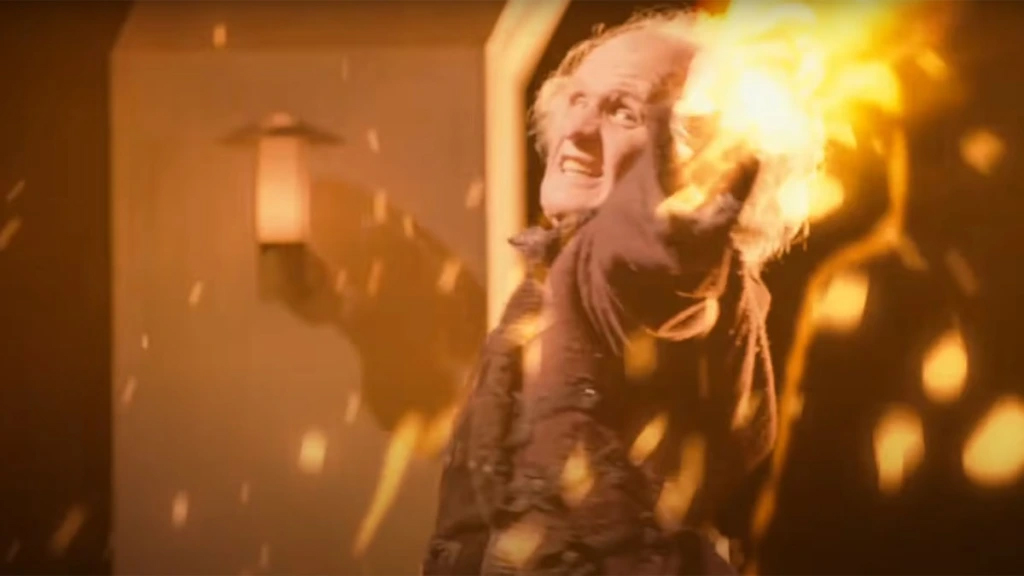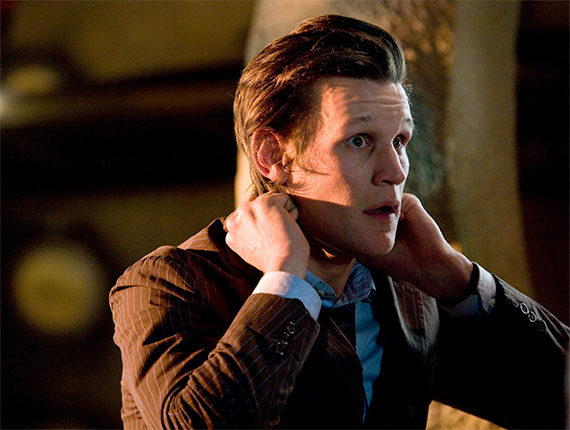Doctor Who regeneration is a complicated business, and there are strict rules. How does it all work, and what are the limits?

How many times can Doctor Who regenerate?
An infinite number of times, apparently – or at least, an indeterminate number. So when the Doctor dies, he or she has the ability to change into a new body as a means of survival, as many times as they need.
However, throughout the Classic era of the show (and indeed up until ‘The Timeless Children‘ in 2020) it was believed that the Doctor Who regeneration limit was 12, equalling 13 bodies. And indeed, this is still the restriction imposed upon all Time Lords; on rare occasions, a new life cycle can be granted (meaning 12 more regenerations) and characters such as the Master have certainly exploited this, albeit through villainous means.
‘The Timeless Children’ rewrote a good chunk of Doctor Who history, however, and the rules of Doctor Who regeneration were subsequently altered.
In the episode, it was revealed that the Doctor herself had provided the blueprint for the Time Lords’ ability to regenerate, meaning that they gained their regenerative abilities from her. And in the episode, the Doctor is shown to have regenerated many times prior to becoming the First Doctor William Hartnell, and in Doctor Who: Flux it was suggested that the Doctor may in fact have regenerated thousands of times before, and lived lives she no longer remembered.
What does regeneration do to Doctor Who?
Regeneration changes the body, gender and personality. And according to the 1996 TV movie, Doctor Who regenerations can also result in the transformation into a different species, although we have yet to see any examples of this in the series, and the TV movie is the only time in the programme’s history that such a possibility has been mentioned.
And whilst regeneration doesn’t appear to have a long-term impact on the Doctor’s memory, it can cause some confusion and result in temporary amnesia. This was certainly true during the seventh Doctor Who regeneration where (for a time) the Doctor lost all sense of who he was, and even forgot about the TARDIS and his on-going battle with the Master.
Similarly, the Fourth Doctor’s regeneration at the end of ‘Logopolis’ also proved problematic, causing the new Doctor to behave in increasingly erratic and confused ways. And in ‘The Twin Dilemma,’ the newly-regenerated Doctor even tried to strangle his companion Peri.
Most of the time, though, a typical Doctor Who regeneration results in the appearance of a completely new individual, and one who is often strikingly different to the Doctor who came before. The Twelfth Doctor, for example, was silver-haired and irascible – a stark contrast to the boy-ish, bow-tie wearing Time Lord that had preceded him. And the Thirteenth Doctor was more different still, with the Doctor transforming into a woman for the first time in the show’s history.
Why do the Doctor’s clothes regenerate?
They don’t, usually – most of the time, Doctor Who regenerations are a cellular process, meaning that it’s just the body that changes.
There are exceptions, though, and indeed we’ve written a separate article on this one. The most notable example is the Thirteenth Doctor’s regeneration into the Fourteenth, which saw not only a change of body, but also an instantaneous costume change.
The reasons for this unusual style of Doctor Who regeneration were due to sensitivities around drag culture. The new showrunner Russell T Davies stated that he didn’t want pictures of David Tennant wearing (what were perceived to be) women’s clothes being printed endlessly for the purposes of mocking people in drag. So it made sense for the Doctor’s clothes to regenerate along with the body, and it remains to be seen whether this more quirky Doctor Who regeneration will be explained within the context of the show.
But as we say, with a typical Doctor Who regeneration, the clothes don’t change and the new Time Lord is often required to hunt for more fitting garb!
Can the Doctor influence the outcome of his or her regeneration?
Sometimes. It’s complicated. For many years, the outcome of a Doctor Who regeneration was thought to be random; the Fifth Doctor affirms this in ‘Castrovalva’ when he catches sight of his new body in a mirror and remarks, somewhat pained: “That’s the trouble with regeneration. You never quite know what you’re going to get.”
This comment was further backed up by the Tenth Doctor in ‘The Christmas Invasion’ who seemed to have no knowledge of what his new body looked like, and was disappointed that he wasn’t ginger (something that the Eleventh Doctor was also upset about in ‘The End of Time Part Two.’)

At the same time, there have been suggestions that the regeneration process can be directly influenced by the individual. The character of Melody Pond demonstrated this when she started to regenerate in ‘Let’s Kill Hitler,’ telling her father to stop distracting her as she was “focussing on a dress size.”
And there was an entire sub-plot that was addressed in the 2015 episode ‘The Girl who Died.’ Up until this point, it had never been explained why the Doctor sometimes wore the faces of characters he’d encountered previously, such as Maxil the guard in ‘Arc of Infinity’ (whose face the Sixth Doctor adopted) and Lobus Caecilius in ‘The Fires of Pompeii’ (whose face the Twelfth Doctor adopted.)
Again, we’ve written a separate article about this, but simply put, the Doctor sometimes chooses the faces of other people as a reminder, “to hold [him] to the mark”; he needs to remember that “[he’s] the Doctor, and [he] saves people.”
So who is the new Doctor in 2023?
David Tennant is canonically the Fourteenth Doctor, having previously played the Tenth – and technically the Eleventh – plus two human variants. (We can refer you this article if you want to have your brain fried.) But the new Doctor in 2023 will be David Tennant, who will star in three 60th anniversary specials which are set to air in November.
Have we missed anything about the fundamentals of Doctor Who regeneration? If so, let us know in the comments below.









When talking about talking other people’s appearance during regeneration, you called the 12th Doctor the 10th Doctor.
Thanks, well spotted!